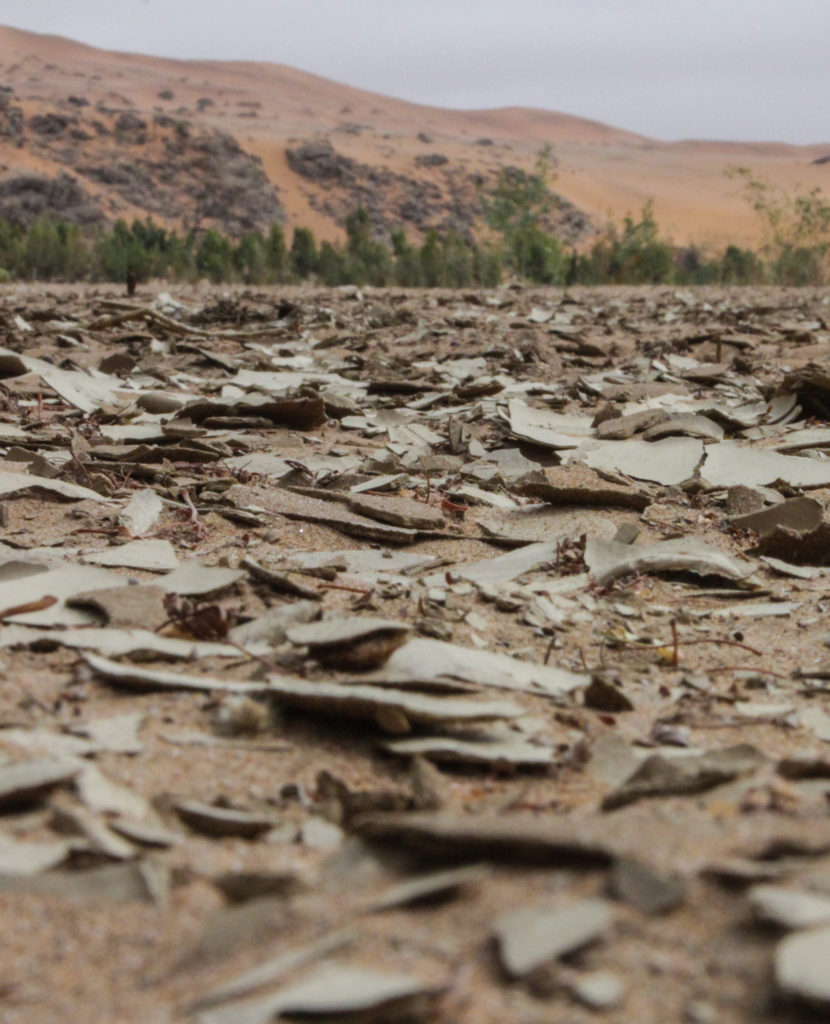When I first heard the phrase “Community Based Natural Resource Management,” or CBNRM, I had no idea what it meant. Since coming to Namibia this phrase now has meaning. Community Based Natural Resource Management is in simple terms, conservation of land. Conserving land is important to most people, but the actions of the government of Namibia indicate that it is incredibly important to this country. Environmental issues are written into its constitution, and Namibians do a great job of taking care of their land.
Namibia includes wide-open spaces, large populations of diverse wildlife, and a multitude of rich cultures grounded in their religious beliefs, traditions and community. These beliefs and government policies have made Namibia and South Africa world leaders in CBNRM. Twenty percent of Namibian land is held in conservancies, which are areas of land surveyed by the government on request from a community. It requires a wildlife and natural resource management plan, designation for agriculture use, and development of a management committee. Conservancies manage 20% of all Namibian land, while 55% of communal land is conservancy land. The Namibian conservancies program is a global example of involving the people of Namibia in conservation.

The Topnaar community, which we visited recently, is one of the rich cultures that has helped make Namibia a leader in CBNRM.
Namibia community conservation has proven to be beneficial for the country. In 2013, it generated about N$ 72.2 million in returns for local communities. In just 18 years Namibia’s elephant population grew from 7,500 to 20,000 head and the free-roaming lion population outside the national parks grew in size. Namibians have increased their infrastructural developments, and improved their livelihoods because of community conservation. Developing conservancies gave people ways to manage land, which allowed them to grow and support their community.
These policies, programs and people are the reason that CBNRM is strong in Namibia and Southern Africa. But CBNRM is something that I believe every country should be making a priority. The United States has many national parks, national forests, state parks, and wildlife conservations. These have existed for decades, but will they always be undisturbed, natural land? Petroleum has become very important in the world economy, which impacts conservation practices. For example, new drilling began in Alaska in the Artic National Wildlife Refuge.
Namibia’s petroleum is water. Namibia is mostly desert, so water is a scarce and valuable resource for them, especially in drought years. Therefore, Namibia has developed water conservation rules and laws regulating households to a certain amount of water per month; if they exceed that amount they pay for the additional water. California has similar practices to conserve their water and limit their waste. For example, the State Water Resources Control Board recently created a mandatory 25% statewide reduction in potable urban water use.

The Kuiseb River bed is often dry in the desert climate, and is covered in silt when there is no water running.
Namibia has worked hard to conserve land and their water supply for future generations. While there is always room for improvement, Namibia has set a wonderful example globally for other countries to follow. Conserving our natural resources is something that needs to be focused on now, so that when the future arrives we aren’t struggling for water, land, or natural wildlife, along with other things. Conservation is key to a sound future.